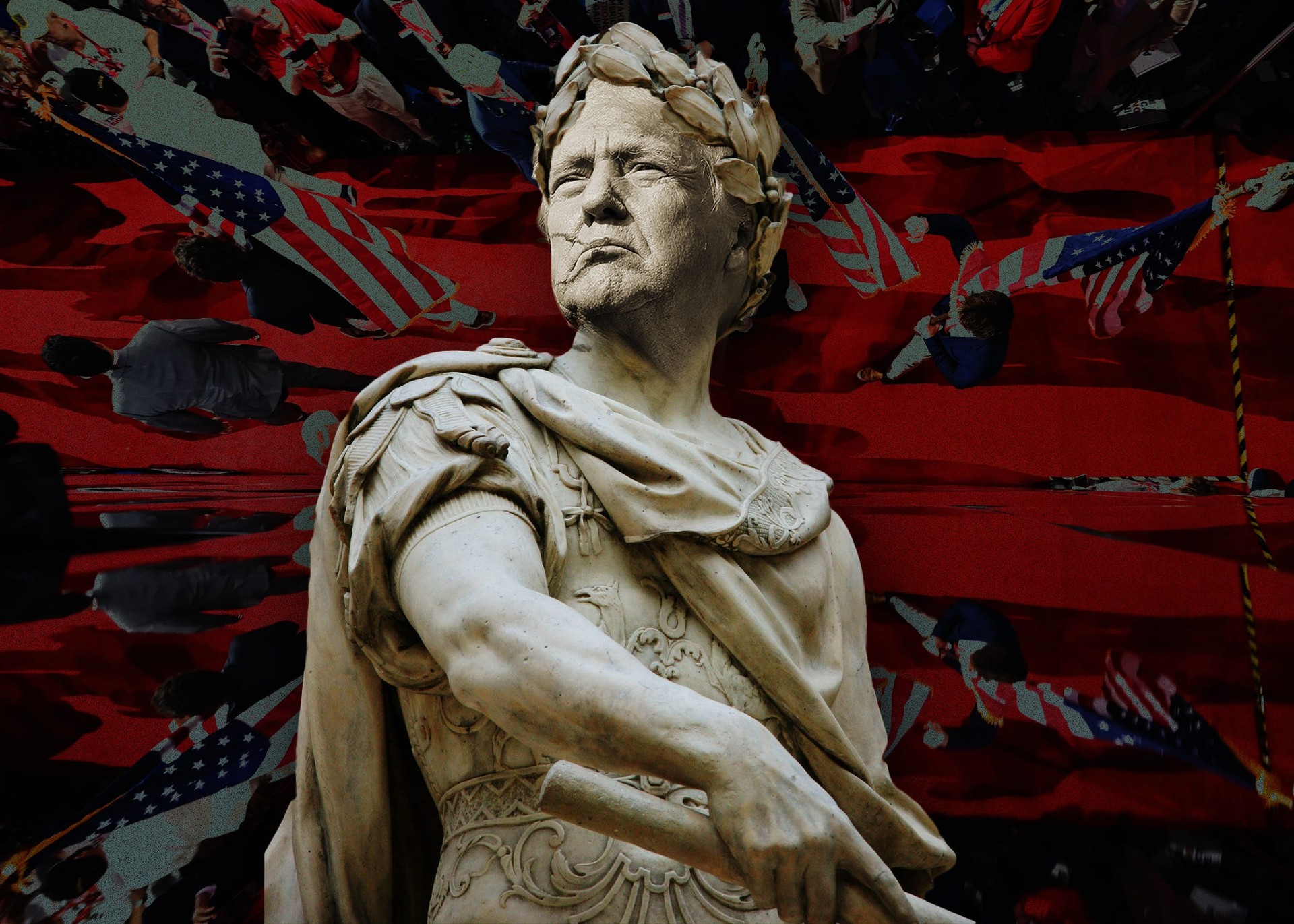
Recently, the U.S. President Donald Trump launched the $TRUMP meme coin, highlighting the modern-day use of currency not only as an economic tool but also as a means of political branding.
This approach draws an interesting parallel to a strategy first employed around 2,670 years ago by the kings of Lydia in what is now modern-day Türkiye. They transformed the raw silver and gold commonly used in trade into standardized coins bearing royal emblems.
This not only facilitated commerce but also ensured that the face value of the coins exceeded the intrinsic value of their metal content, allowing rulers to pocket the difference—a practice that has persisted through the ages.
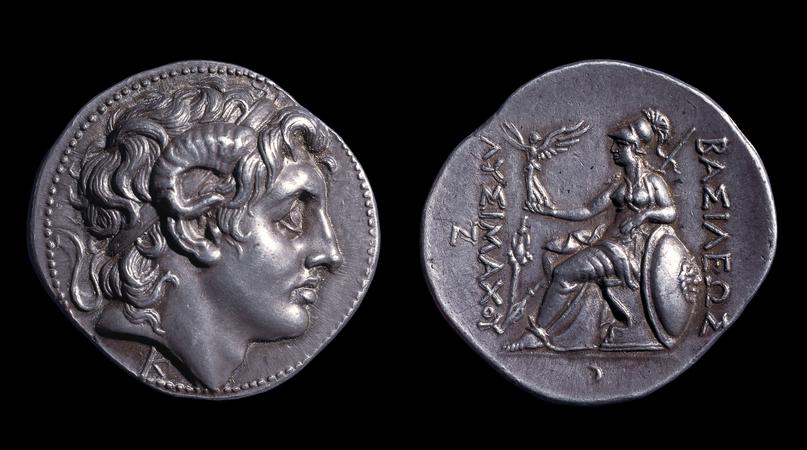
Fast forward to the era of Alexander the Great, who became the first Greek ruler to feature his own likeness on coins, a privilege previously reserved for deities. Believing himself to be of divine origin, Alexander's coins depicted him adorned with ram's horns, symbolizing his association with the god Zeus Ammon, as affirmed by an Egyptian oracle.
The reverse side showcased Athena, the goddess of wisdom and war, reinforcing his image as a divinely sanctioned conqueror. These coins served a dual purpose. They financed military campaigns and disseminated his god-like image across his empire.
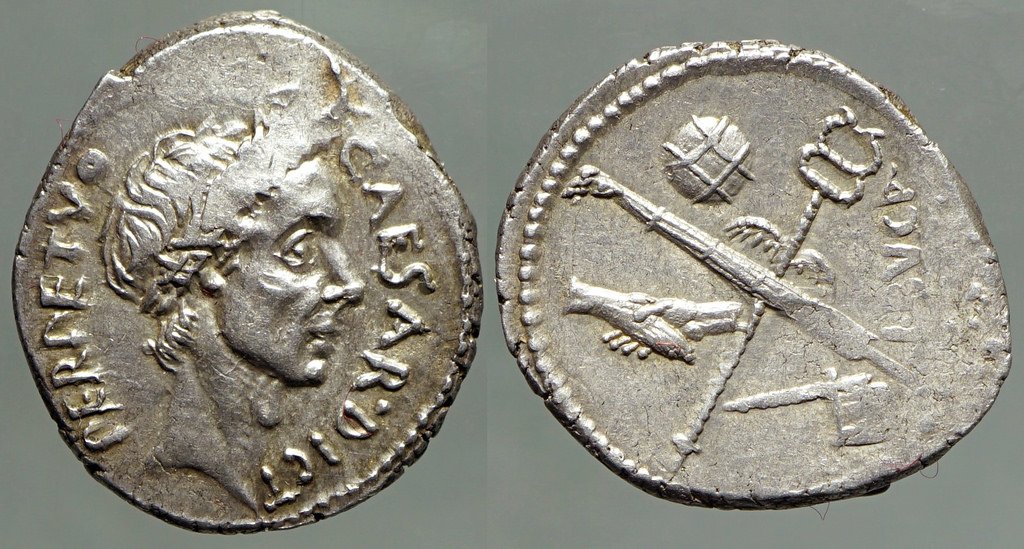
The Romans elevated coinage propaganda to an art form. Julius Caesar, at the zenith of his power, issued coins featuring his portrait labeled "Dictator in Perpetuity," a title granted by the Roman Senate in 44 B.C. The reverse side depicted Venus, his mythical ancestor, holding Victory. This subtly positioned him as a monarch and signaled the end of the Roman Republic—a move that led to his assassination on the Ides of March.
Following Caesar's demise, Marcus Junius Brutus minted coins bearing his own image. The reverse side illustrated a cap symbolizing freedom flanked by daggers, commemorating the assassination and promoting the restoration of the republic.
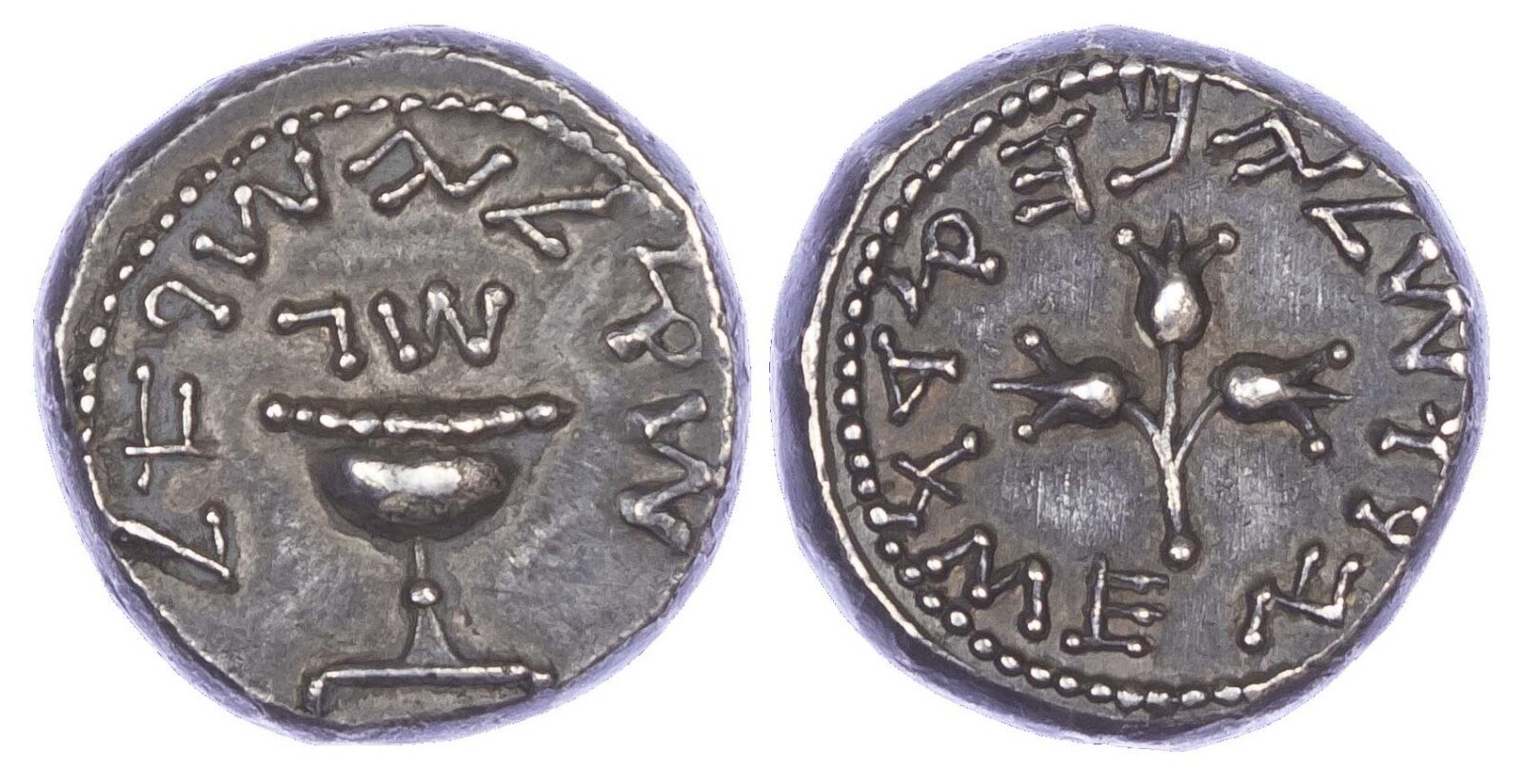
During the First Jewish Revolt against Roman rule in 66 A.D., Jewish authorities issued coins to assert their autonomy. One such coin featured a chalice with the inscription "Shekel Israel Year 3." The reverse displayed three budding pomegranates and the phrase "Jerusalem the Holy."
These coins not only facilitated trade but also served as tangible declarations of independence and religious identity.
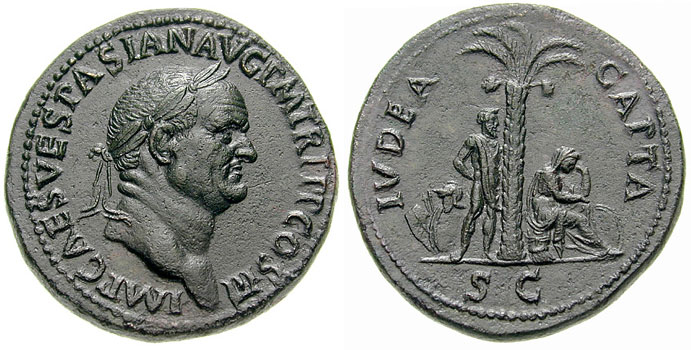
In retaliation, Emperor Vespasian minted "Judaea Capta" coins after quelling the revolt and destroying the temple in 70 A.D. These coins depicted a mourning female figure beneath a palm tree, symbolizing the subjugated Jewish nation.
They were circulated in the province to reinforce Roman dominance.
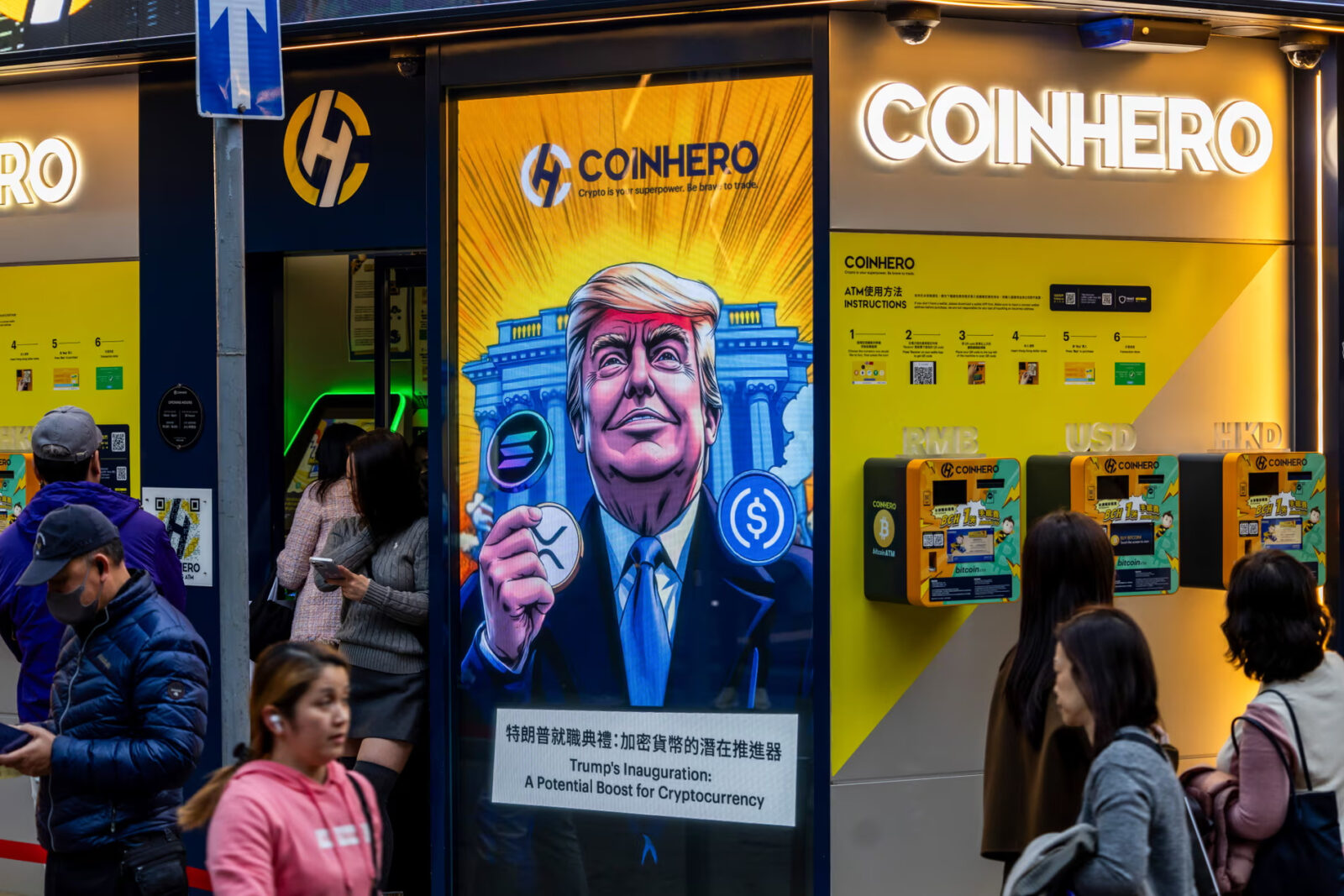 crypto store in Hong Kong. (Getty Images)" alt="How did $TRUMP coin follow in footsteps of ancient currency propaganda?">
crypto store in Hong Kong. (Getty Images)" alt="How did $TRUMP coin follow in footsteps of ancient currency propaganda?">
In a contemporary twist, Donald Trump's recent foray into the cryptocurrency market with the launch of the $TRUMP meme coin mirrors these ancient practices of using currency for propaganda and profit.
The coin's market value surged to $15 billion shortly after its debut. This reflects both speculative trading and the potent influence of political branding in the digital age.
https://twitter.com/realDonaldTrump/status/1880446012168249386
From the Lydian kings to modern political figures, the use of currency as a medium for propaganda and profit remains a consistent thread throughout history.
While the materials and technologies have evolved—from metal coins to digital tokens—the underlying strategy of leveraging currency to disseminate authority and influence public perception endures. This underscores the timeless intersection of economics and politics.